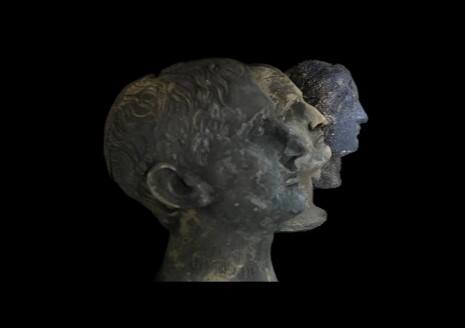'Exceptional discovery': Over two dozen 2,300-year-old bronze statues found in Italy - SEE PICS
The bronze statues, dating back to ancient Roman times, were found in San Casciano dei Bagni, a hilltop town about 160 kilometres north of Italy's capital Rome.
Archaeologists in Italy discover over two dozen bronze statues
)
Archaeologists in Italy have discovered over two dozen beautifully preserved bronze statues, dating back to ancient Roman times. Experts are hailing it as an "exceptional" discovery.
Statues used to adorn a sanctuary

The statues -- which according to Italy's ANSA news agency are 2,300 years old -- used to adorn a sanctuary before they were immersed in thermal waters, in a sort of ritual, probably around the 1st century AD.
Statues were found in San Casciano dei Bagni

The statues were found in San Casciano dei Bagni, a hilltop town about 160 kilometres north of Italy's capital Rome.
Italian Culture Minister calls it 'exceptional discovery'

Italian Culture Minister Gennaro Sangiuliano hailed the find which he said should provide a further boost to tourism. "This is an exceptional discovery which confirms once again that Italy is a country of immense and unique treasures," he said in a statement.
Statues were covered by almost 6,000 bronze, silver and gold coins

The statues were covered by almost 6,000 bronze, silver and gold coins, and San Casciano's hot waters helped to preserve them almost like as on the day they were immersed.
Archaeologists found 24 large statues, plus several smaller statuettes

According to reports, the archaeologists found 24 large statues, plus several smaller statuettes, and noted that it was unusual for them to be made out of bronze, rather than terracotta. The statues have been taken to a restoration laboratory in Grosseto, another town in Tuscany, but will eventually be returned to San Casciano dei Bagni to be displayed in a new museum.
Trending Photos








